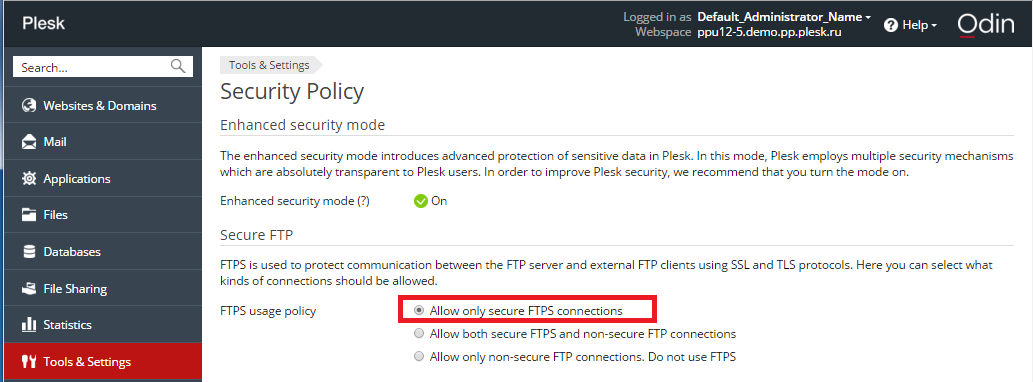Postfix Configuration File Plesk Login
Postfix Debugging Howto Postfix Debugging Howto Purpose of this document This document describes how to debug parts of the Postfix mail system when things do not work according to expectation. The methods vary from making Postfix log a lot of detail, to running some daemon processes under control of a call tracer or debugger. The text assumes that the Postfix and configuration files are stored in directory /etc/postfix. You can use the command ' postconf ' to find out the actual location of this directory on your machine.
Listed in order of increasing invasiveness, the debugging techniques are as follows: • • • • • • • • • • • • • Postfix logs all failed and successful deliveries to a logfile. The file is usually called /var/log/maillog or /var/log/mail; the exact pathname is defined in the /etc/syslog.conf file.

The post provides Plesk WebHosting control panel log file locations on a Linux server in details. I always felt inconvenient and wanted all the log files of Plesk to be present together for easy troubleshooting and hence came up with this post. Mail logs including Qmail and Postfix location on Plesk:. I'm trying to trigger a script when receiving a mail on a PostFix Linux Server. I could do it on my local server, working on a simple postfix with configuration files.
When Postfix does not receive or deliver mail, the first order of business is to look for errors that prevent Postfix from working properly:% egrep '(warning error fatal panic):' /some/log/file more Note: the most important message is near the BEGINNING of the output. Error messages that come later are less useful.
The nature of each problem is indicated as follows: • ' panic' indicates a problem in the software itself that only a programmer can fix. Postfix cannot proceed until this is fixed. • ' fatal' is the result of missing files, incorrect permissions, incorrect configuration file settings that you can fix.
Postfix cannot proceed until this is fixed. • ' error' reports an error condition.
Chloe Marcie Bag Serial Number. For safety reasons, a Postfix process will terminate when more than 13 of these happen. • ' warning' indicates a non-fatal error. These are problems that you may not be able to fix (such as a broken DNS server elsewhere on the network) but may also indicate local configuration errors that could become a problem later.
Postfix version 2.1 and later can produce mail delivery reports for debugging purposes. These reports not only show sender/recipient addresses after address rewriting and alias expansion or forwarding, they also show information about delivery to mailbox, delivery to non-Postfix command, responses from remote SMTP servers, and so on. Postfix can produce two types of mail delivery reports for debugging: • What-if: report what would happen, but do not actually deliver mail. Moh Pc Open Beta Client R3 582779 Installer Play here.
This mode of operation is requested with:% /usr/sbin/sendmail -bv address. Mail Delivery Status Report will be mailed to. • What happened: deliver mail and report successes and/or failures, including replies from remote SMTP servers. This mode of operation is requested with:% /usr/sbin/sendmail -v address.
Mail Delivery Status Report will be mailed to. These reports contain information that is generated by Postfix delivery agents. 108 Times Karya Siddhi Hanuman Mantra Mp3 Free Download. Since these run as daemon processes that cannot interact with users directly, the result is sent as mail to the sender of the test message. The format of these reports is practically identical to that of ordinary non-delivery notifications. For a detailed example of a mail delivery status report, see the section at the end of the document. A common mistake is to turn on chroot operation in the file without going through all the necessary steps to set up a chroot environment. This causes Postfix daemon processes to fail due to all kinds of missing files.